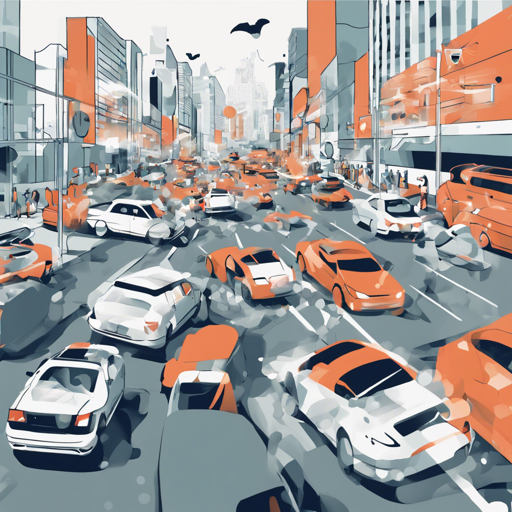In the realm of artificial intelligence and computer vision, object detection is a pivotal field that enables machines to identify and locate objects within images or video streams. Today, we will dive into the fascinating world of the Faster-RCNN model, specifically within the docTR library. This tutorial walks you through how to set it up and utilize it effectively.
What is Faster-RCNN?
The Faster-RCNN model is a powerful architecture designed for real-time object detection. It combines the Region Proposal Network with Fast-RCNN’s core detection module to streamline the process of identifying objects in images. You can learn more about its inception in the original research paper.
Installation
To get started with Faster-RCNN, follow the necessary installation steps outlined below. Before everything, ensure you have Python 3.6 or higher installed along with pip.
Prerequisites
- Python 3.6 or higher
- pip for installing packages
Latest Stable Release
You can install the latest stable release of the docTR package using pip with the following command:
pip install python-doctr[torch]Developer Mode
If you want to experiment with the latest features that are yet to be officially released, consider installing the package from the source. First, ensure you have Git installed, then run:
git clone https://github.com/mindee/doctr.git
pip install -e doctr.[torch]Usage Instructions
Now that you have everything installed, it’s time to use the Faster-RCNN model. Here’s how you can do that, explained with an analogy:
Think of using Faster-RCNN like a chef preparing an exquisite dish. The chef (model) needs raw ingredients (input image) to create a final masterpiece (detected objects). Let’s break down the steps:
- First, the chef gathers the right tools (libraries such as PIL, torch, and torchvision).
- Next, the chef processes the ingredients (image) into the right format (tensor) for cooking (inference).
- Finally, the chef cooks the dish (executes the model) and presents the result (detected objects).
Here’s the code that encapsulates these steps:
python
from PIL import Image
import torch
from torchvision.transforms import Compose, ConvertImageDtype, PILToTensor
from doctr.models.obj_detection.factory import from_hub
model = from_hub('mindee/fasterrcnn_mobilenet_v3_large_fpn').eval()
img = Image.open(path_to_an_image).convert('RGB')
# Preprocessing
transform = Compose([
PILToTensor(),
ConvertImageDtype(torch.float32),
])
input_tensor = transform(img).unsqueeze(0)
# Inference
with torch.inference_mode():
output = model(input_tensor)
Troubleshooting
If you encounter any issues, consider the following troubleshooting steps:
- Ensure all prerequisites are installed correctly.
- Check the image path to confirm that the image exists.
- If you face issues related to package installation, try upgrading pip or using a virtual environment.
- For more insights, updates, or to collaborate on AI development projects, stay connected with fxis.ai.
At fxis.ai, we believe that such advancements are crucial for the future of AI, as they enable more comprehensive and effective solutions. Our team is continually exploring new methodologies to push the envelope in artificial intelligence, ensuring that our clients benefit from the latest technological innovations.
Citation
If you wish to cite the original work that introduced the Faster-RCNN model, here’s the bibtex entry:
@article{DBLP:journals/corr/RenHG015,
author = {Shaoqing Ren and Kaiming He and Ross B. Girshick and Jian Sun},
title = {Faster R-CNN: Towards Real-Time Object Detection with Region Proposal Networks},
journal = {CoRR},
volume = {abs/1506.01497},
year = {2015},
url = {http://arxiv.org/abs/1506.01497},
eprinttype = {arXiv},
eprint = {1506.01497},
timestamp = {Mon, 13 Aug 2018 16:46:02 +0200},
}
With this guide, you’re now set to explore the world of object detection using the Faster-RCNN model! Happy coding!

